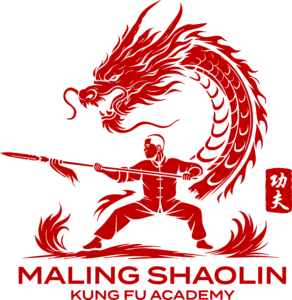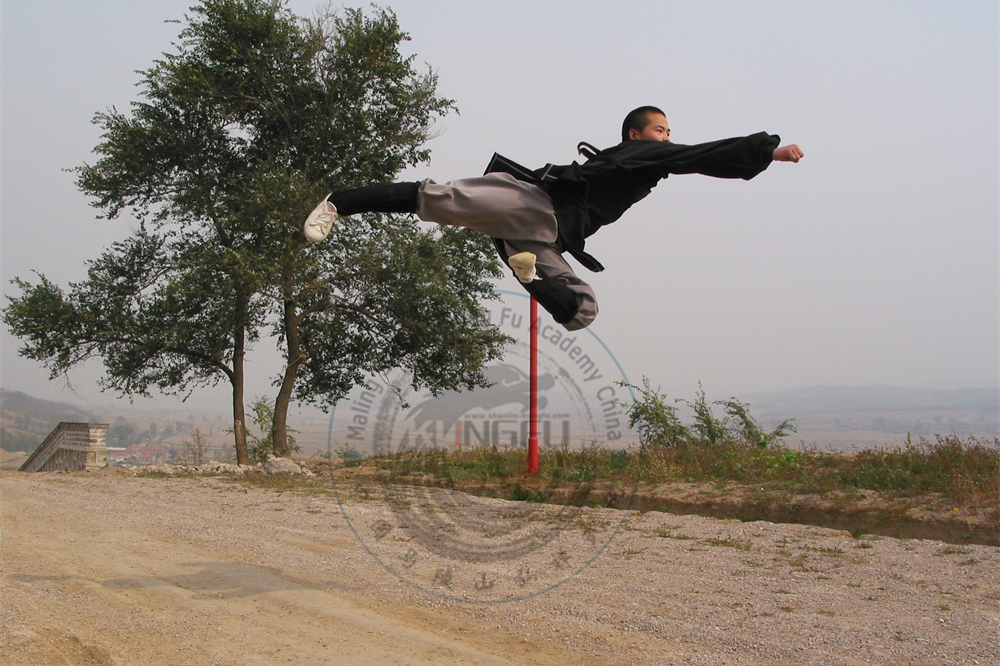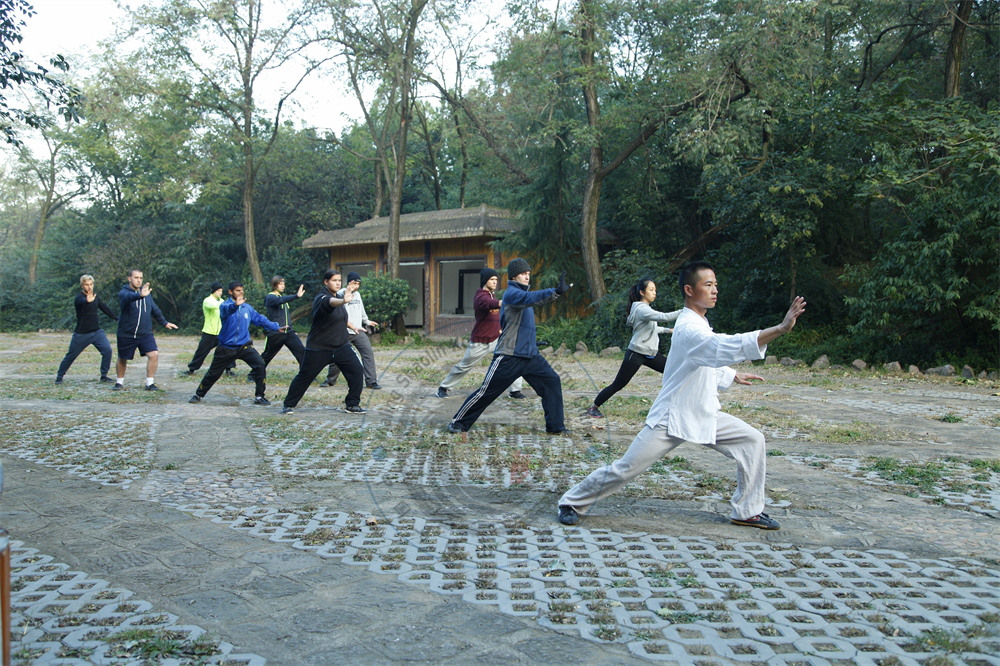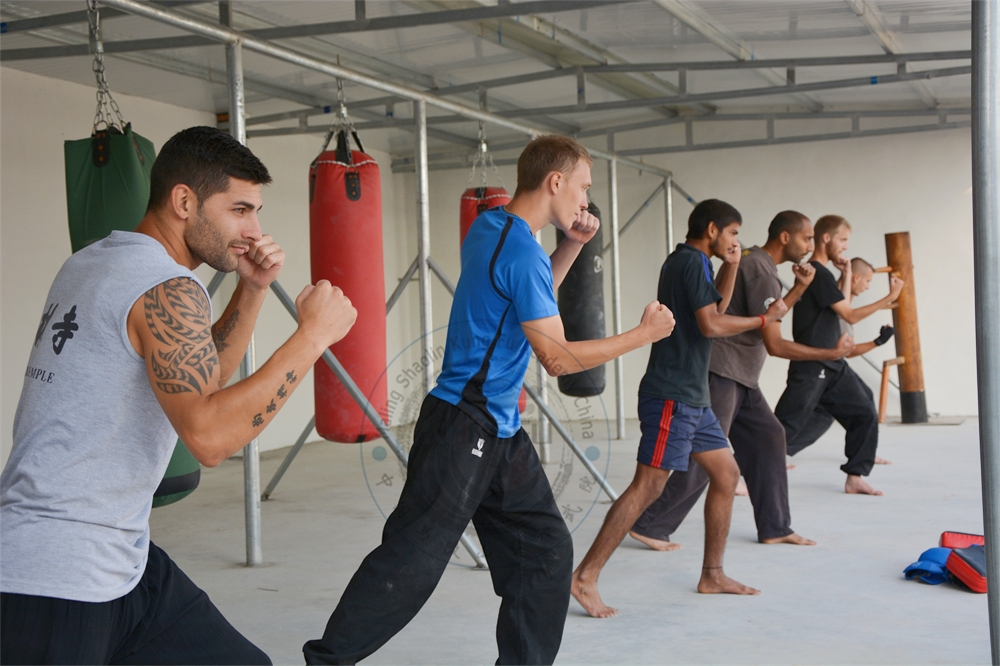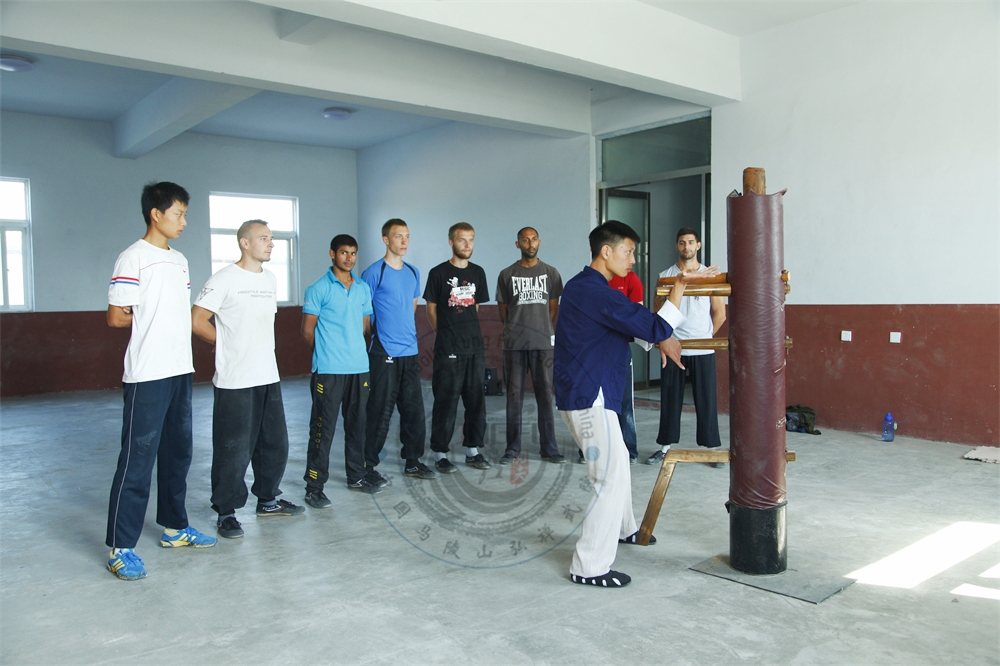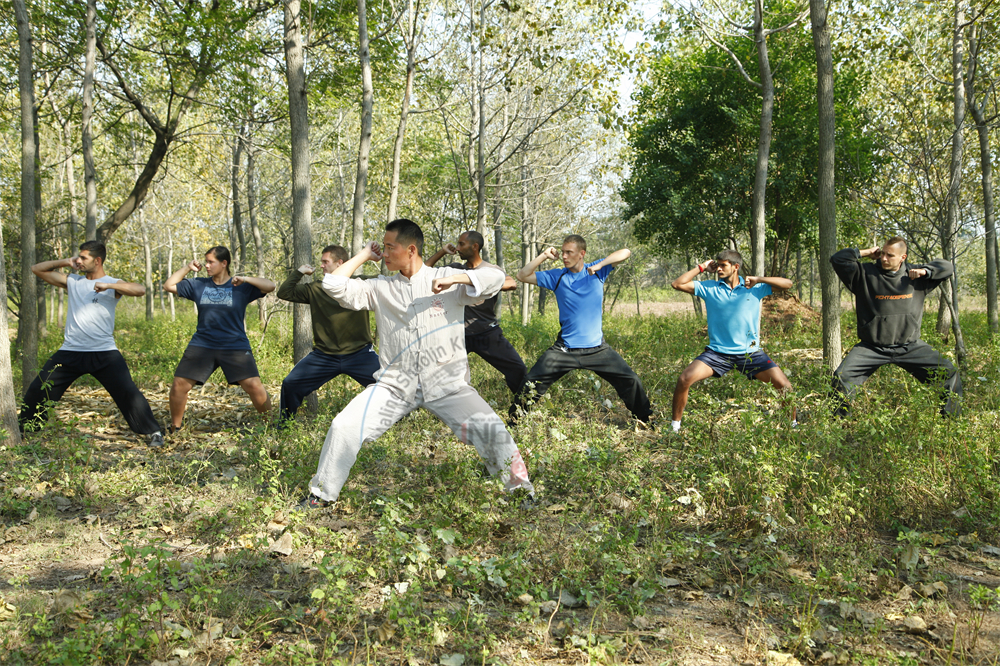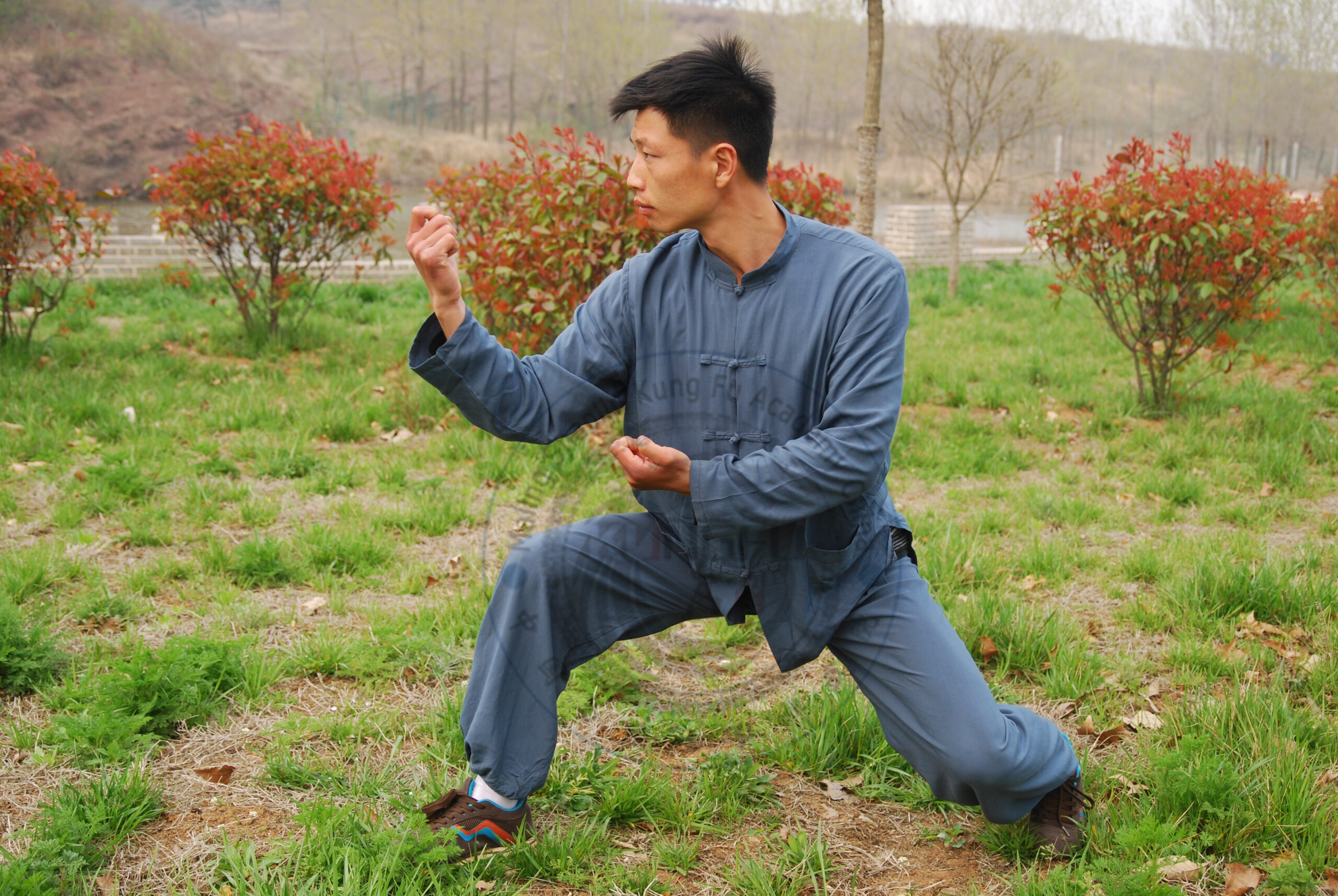Bagua, also known as Baguazhang (八卦掌), is a complex and intricate Chinese martial art that is deeply rooted in Daoist philosophy and the ancient practice of circle walking. This article delves into the origins, principles, techniques, and cultural significance of Bagua, offering a detailed understanding of this fascinating art.
Bagua
A circular and evasive style known for its intricate footwork, palm techniques, and continuous flowing movements.
Bagua, or Baguazhang, is a circular and fluid martial art that incorporates constant footwork and continuous circular movements. It is based on the concept of the Eight Trigrams from the I Ching (Book of Changes) and emphasizes evasive footwork and palm strikes. Bagua practitioners often engage in constant spinning and changing directions.
There are different stories about the origin of Bagua. Some say it originated among the anti-Qing Dynasty cliques while others believe that it was created by the two Taoist priests Bi Yun and Jing Yun on Mount Emei , Sichuan Province, during the late Ming Dynasty and early Qing Dynasty and then passed down through its nine generations of practitioners.
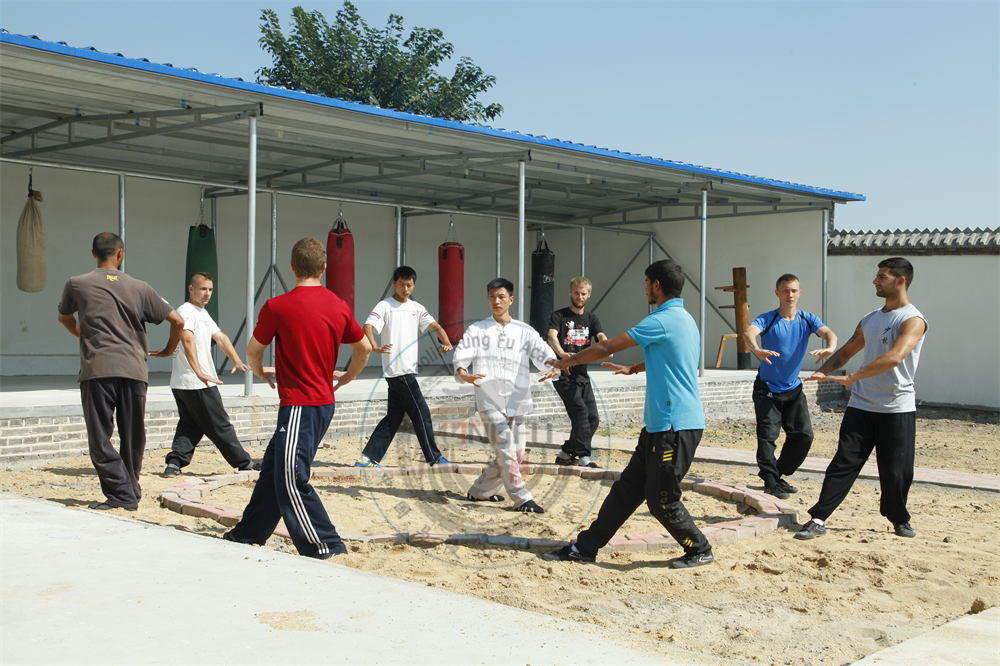
The eight-diagram palm is based on the old Chinese philosophy of eight combinations of three whole and broken lines used in divination. While practising, the practitioner moves according to the eight diagrams. There are eight basic palm plays. A total of 64 palm tricks and moves have come from the original eight basic palm plays. Apart from solo practices, there is also sparring: Sanshou (free sparring) and fighting with weapons, such as Bagua sword play, Bagua sabre play and Bagua cudgel play, and Bagua play of 7 star decorated-shaft etc. While practicing these routines, practitioners rove around like a dragon moving amidst clouds.
Bagua Zhang features dexterity and agility. When moving around it is like walking in a muddy place, with footsteps changing all the time like running water. Palm tricks and body movements follow one after another. The roving around looks like endless circles overlapping each another. The body turns around from the waist during walking, roving, turning, rising and falling. Palm tricks change with the movements of the body. When the upper body protrudes, the lower part of the body squats back to keep balance. When the arms are sent out, the feet draw back. When moving, like a dragon roaming; when squatting, like a tiger sitting; when looking around, like a monkey on the lookout and when roving, like an eagle circling.
Bagua Classes




Related Academy Articles
"Naruto" draws inspiration from various martial arts and philosophical traditions, including Chinese kung fu and philosophies, to create a diverse and engaging array of combat styles and beliefs for its characters.
